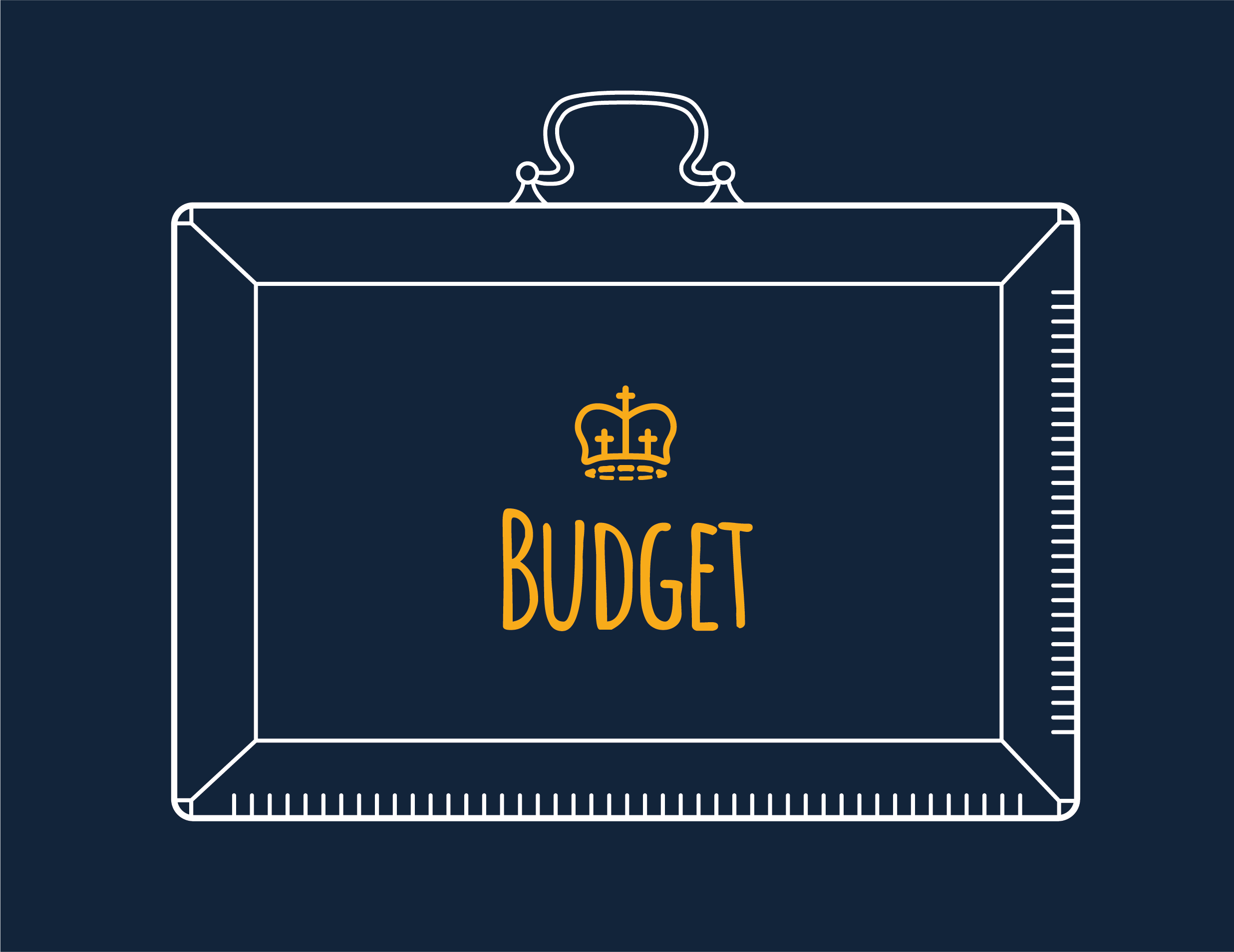
The deadline to use this year’s ISA allowance is April 5th. However, it is important you fully understand the Junior ISA rules. There is still a fair amount of confusion regarding ISAs, and what you as a saver can and can’t do. This guide will take you through the possibilities and restrictions of both ISAs (all types) and Junior ISA rules so that you can feel confident in your decisions.
The basics about ISAs
There are six different ISA types:
Cash ISA
The simplest ISA type is the cash ISA. It’s good for saving to meet short-term needs as money can be withdrawn easily. The value of your savings won’t go up and down, so you always know how much you have to withdraw. With low interest rates though, it’s not always the best way to save for long-term goals.
Stocks and shares ISA
A stocks and shares ISA is more suitable for meeting medium and long-term goals such as saving for retirement or a house deposit. With these ISAs your money is invested in stocks and shares meaning you could achieve considerably higher returns than with cash.
Innovative finance ISA
This is a unique type of ISA for savers willing to take a bigger risk. The savings are invested in peer-to-peer loans and crowdfunding.
Junior ISA
The Junior ISA is for under 18s and can be opened by parents. Additionally, family and friends can contribute one-off lump sums or regular deposits. A Junior ISA can be either cash or stocks and shares. This can be used to build savings towards starting adult life. It can accept transfers from Child Trust Funds.
Lifetime ISA
Those between 18 and 40 years old can open a lifetime ISA designed for longer-term savings. Again, the government adds bonuses when the funds are used for retirement or purchasing a first property. This is different from the Help to Buy ISA as the government gives the bonus on maturity on a Help to Buy, but with a Lifetime ISA you can get a bonus every month so you can earn interest on it.
Help to Buy ISA
These are suitable for first time buyers looking to save a deposit for their first home. You can pay in £200 a month, up to £12,000 over the lifetime of the plan and it can be opened with a one off lump sum of up to £1,000. The government will then add on 25% when you purchase your first home in the UK for a purchase value under the government limits (depending on the area in which you buy). Please note that you can no longer open a Help to Buy ISA, but you can still pay into an existing one until November 2029.
Whilst the specific details of each type of ISA brings different rules, the fundamental principle is the same. ISAs are designed to save tax-efficiently. They are tax-free savings. This means that using an ISA is often an excellent starting point for tax efficient savings, simply because you’re getting to invest a certain amount without having to pay income or capital gains tax.
Who can get a Junior ISA?
Anyone under the age of 18 and living in the UK is eligible to get a Junior ISA, which must be opened by a parent or a legal guardian, then once opened all family and friends can make contributions to the Junior ISA.
ISA limits
This brings us on to the first or our Junior ISA rules. You can only invest a certain amount into an ISA, each tax-year. This is called the annual ISA allowance. For all adult ISAs this stands at £20,000 for the current tax year.
However, whilst this is an overall allowance, there are some further restrictions. Specifically, for a help to buy ISA you will not be paid the government bonus on anything more than £12,000 which you pay in. The lifetime ISA also has unique restrictions. With a lifetime ISA you can pay in up to £4,000 per year. You can use the rest of your ISA allowance across different types of ISAs, such as cash and stocks and shares.
The current Junior ISA allowance is £9,000.
Those over 16 can open a cash ISA. All other adult ISAs much be opened by over-18s. Junior ISAs can be opened on behalf of your child from birth. You must be a UK resident for tax.
Can I have more than one ISA?
You can open ISAs with more than one provider within the tax year, providing you don’t exceed the maximum annual allowance across all the ISAs you hold. The current maximum allowance for the 2025/26 tax year is £20,000.
The ISAs you hold can all be the same type or you can choose a mixture of ISAs that you’re eligible for in a given tax year. It is important you check your eligibility for each type of ISA, and remember, you can only pay into one Lifetime ISA in a single tax year (up to £4,000).
What’s important is that you do some research regarding which is the best investment strategy for your particular situation.
Dates matter with Junior ISA rules
When it comes to ISAs you need to be aware of your allowances and calendar dates. The allowances apply to the tax year. Whatever is remaining of your allowance at the end of the tax year cannot be carried over.
This means that you will likely want to invest as much as you can prior to 5th April to make best use of your allowance. All savings that stay within the ISA continue to earn interest, from one tax year to the next.
Information about stocks and shares ISAs
A stocks and shares ISA places investments inside a ‘wrapper’ meaning you don’t pay tax on the profits. The same isn’t true if you invest outside an ISA. You also won’t pay any interest earned on bonds within the ISA wrapper. Furthermore, you don’t have to pay tax on the first earnings from dividends (this amount varies according to the tax year and the tax band you are in).
It’s important to remember that there are always risks when investing. However, this is why it is best to look at returns over the longer term. By investing for longer, Stocks and Shares ISAs tend to outperform cash ISAs.
Do you have to stay with the same provider?
It’s possible to switch ISA providers for stocks and shares ISAs and cash ISAs. However, you should always transfer the ISA, rather than withdraw the money to open a new one. This is because a withdrawal will result in you losing all the tax benefits you had before. If all your ISA savings are higher than the annual ISA allowance, then you won’t be able to put them back into an ISA in a single tax year.
At Shepherds Friendly, we make it easy for you to transfer your ISA to us.
More information about Junior ISA rules
Junior ISAs are specifically for under-18s. They work in a similar way to an adult’s cash or stocks and shares ISA but have a smaller allowance. Parents are responsible for the account until the child is 16, and they cannot withdraw the money until they are 18. Children can only hold an ISA with one provider.
Find out more about the Shepherds Friendly Junior ISA.
Use your ISA allowance as best as you can and enjoy the benefits of tax-free savings. You’ve got until 5th April to make full use of the current tax year ISA allowance.
Before opening any financial product, do some research to make sure you fully understand the rules around the product. It is also important to remember that with any stocks and shares product your capital is at risk. Please also consider that HM Revenue and Customs may change the tax status of an ISA in the future.
Disclaimer: This article was checked in April 2025, but tax rules and ISA regulations can change. For the latest information, please check with HMRC or speak to a financial advisor who can help guide you.


